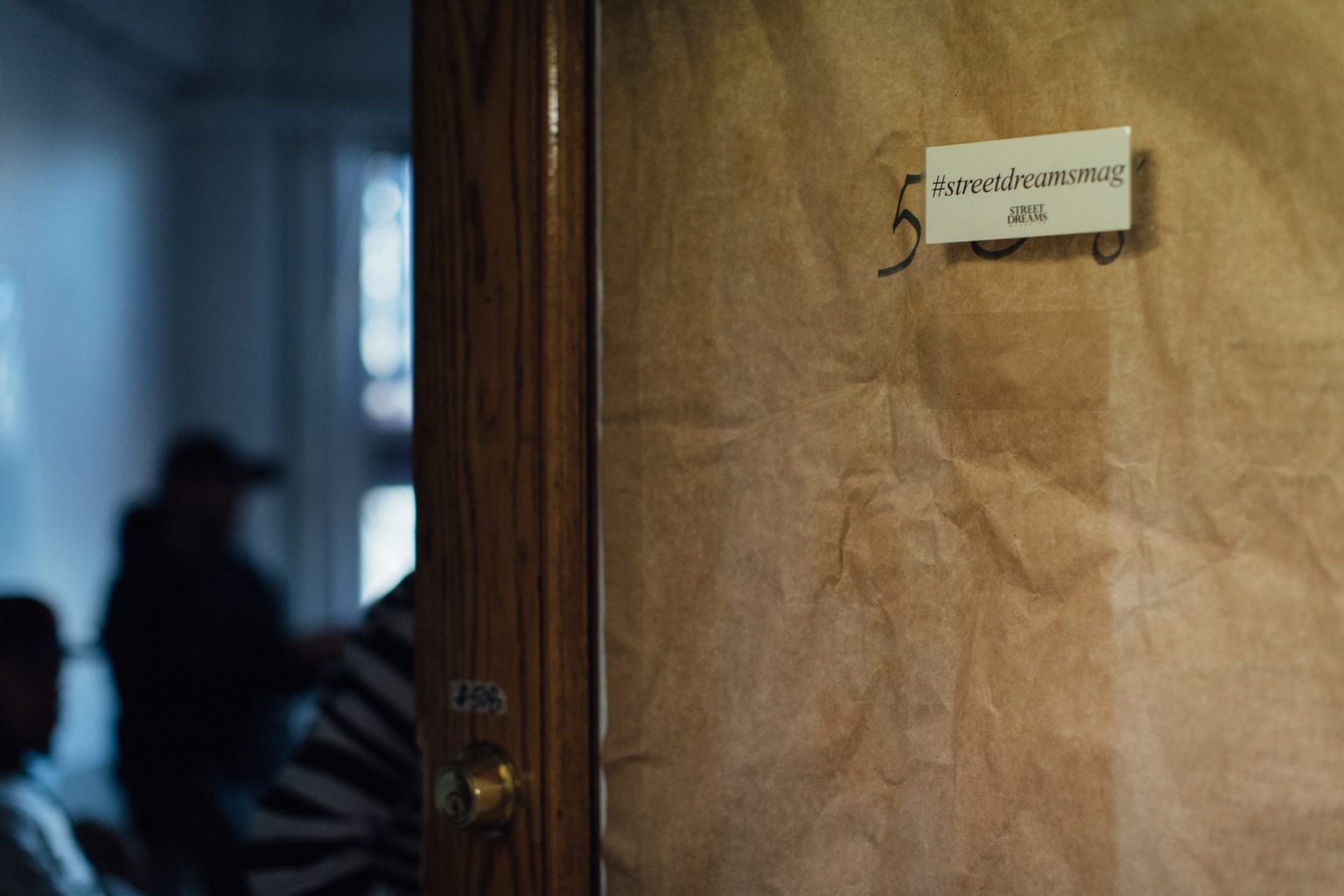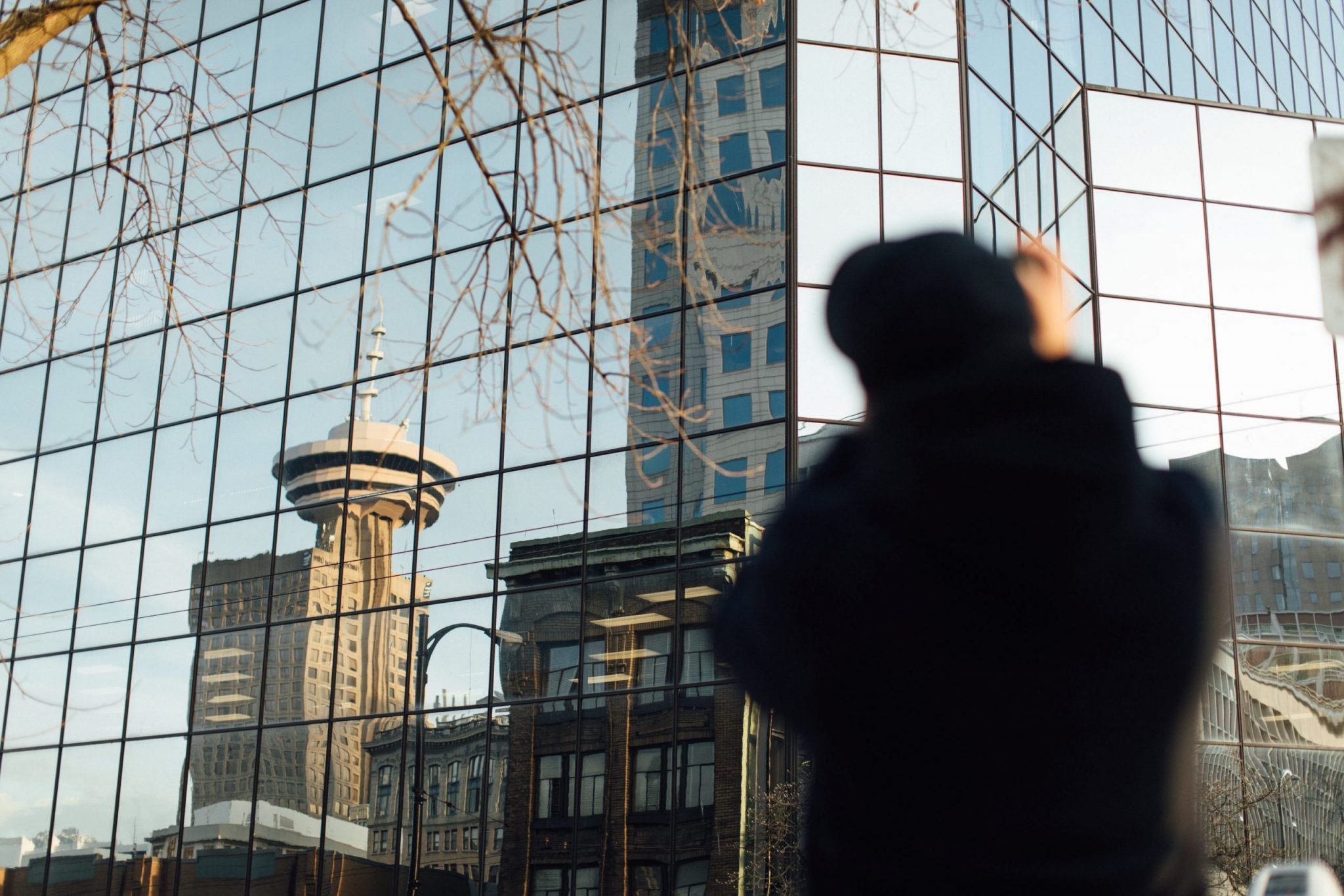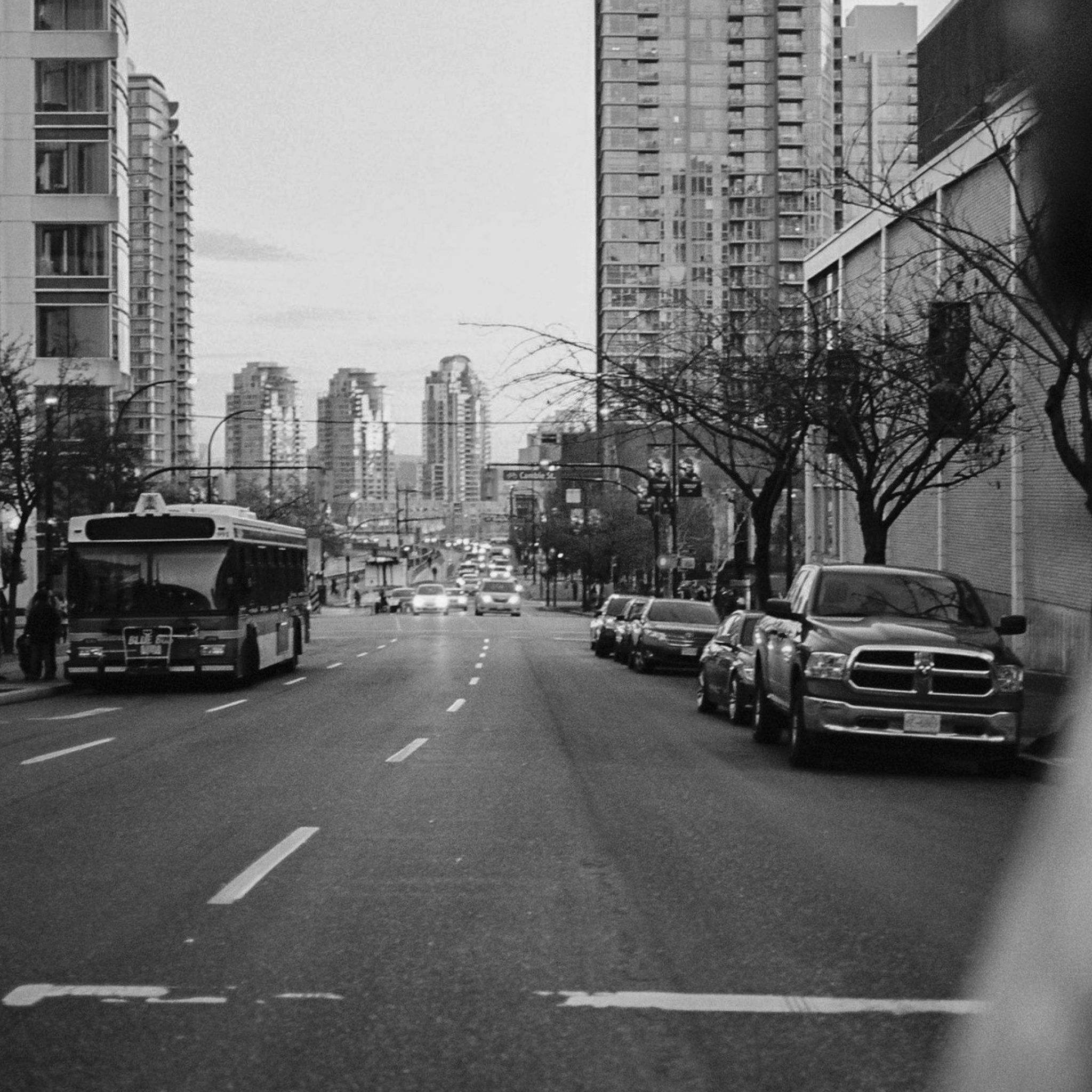Many interests often begin solo. Collecting sneakers, shooting photos, or maybe cooking are acts that can take shape in various forms. But it’s the power of community and connection that not only draws us in but keeps us rooted and engaged. A strong community provides a balance of support and challenge, ensuring that we all collectively reap the benefits of a shared commitment.
Our digital generation has been spoiled with opportunities to connect and engage online. The ability to dip in and out of a conversation is a concept worth noting. There are communities where sometimes many offer a lot of their time and effort, while other times, people are simply passively consuming. But what happens when you introduce a physical component to it all and bring these worlds offline?
Street Dreams is a collective of creators rooted in photography who have invested heavily in the art of photography. Co-Founders Steve Irby, Eric Veloso, and Mike Cobarrubia are about bringing their hundred-thousand strong community offline through both a print magazine, photo walks, and shows. While social media has been seen as nothing more than the promotion of superficiality, in the eyes of Street Dreams it’s a conduit.
We live in a time when convenience and comfort are paramount. Getting people to commit to a meeting is arguably a testament to the community and interactions they offer. Taking the conversation offline requires one to overcome a certain level of friction. When you see the smiles and laughter on people’s faces, it’s clear that valuable bonds are being created.
The connection between digital and analog lives has often struggled to find its equilibrium. Street Dreams looks to have figured it out.
Pick up the latest copy of Street Dreams here and follow them on Instagram.

Street Dreams is split between Vancouver and New York.


“When you have something that’s a tangible item you know there’s a whole process to it. So you’re already creating a narrative because it’s not as accessible.”
“Magazines were the first form of internet. That’s where you went to find and understand what was cool with culture.”

Leafing through a copy of Street Dreams.

A reflection of the Sears Tower in Downtown Vancouver.

Downtown Vancouver.
“I felt a very personal connection to people through photography. I feel like that’s a very deep medium when you can see what people see. ”
“We are visual contractors. We don’t have carpenters and plumbers but we have videographers and writers. That same opportunity, that same use of your hands, and mentality is the kind of stuff that changes your whole entire life. ”



Eric & Steve.

Mike & Steve.

Eric, Mike & Steve.
“We really care about all these different human emotions because these are the human emotions that go into creating something (Street Dreams) that’s more than life. It could transcend us still be alive and well after we’re gone.”



Mike, Eric, and Steve.




























